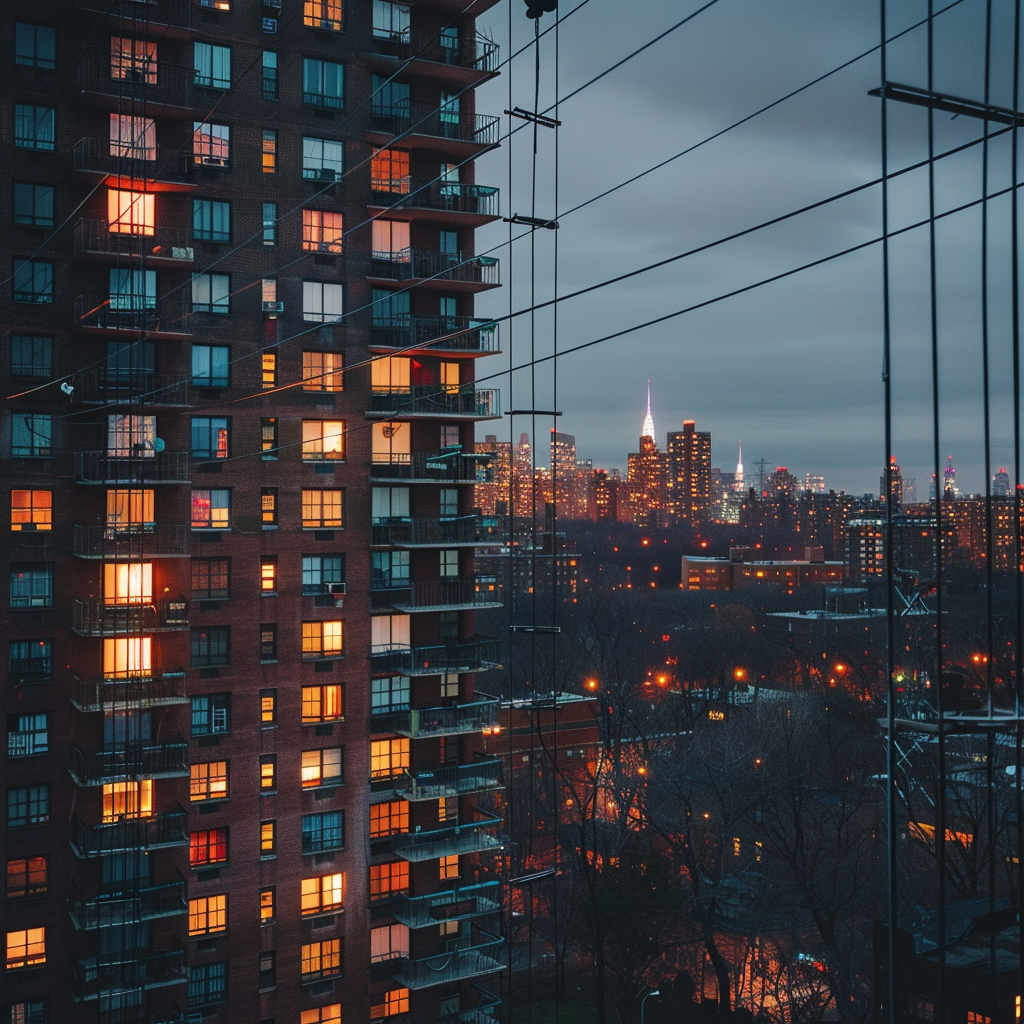Imagine the scene in 14th-century Europe, as the continent was suffering under the bubonic plague, if a group of aristocrats had taken the side of the rats. What seems like a blueprint for a Monty Python sketch, or a skit on SNL during the days it dared to take risks, is not far from the world we see today.
For years, environmental activists have supported a ban on rat poison, and the Environmental Protection Agency has followed suit by, for instance, banning pellet rodenticides. When activists target examples of products that deserve increased scrutiny, though, their blind spots show. The Pesticide Action Network writes in a blog post: “The fact of the matter? Rodenticides are not needed. Predators like owls, hawks and other raptors do a great job of rodent control.”
While hawks and other raptors may address a rat problem in the countryside, they don’t show up to catch rodents in Times Square. Europe has learned this lesson painfully since the European Union has restricted the use of rat poison. Some EU members, such as the Netherlands, have gone further by virtually banning all rat poison from 2023, paving the way for a significant infestation.
The Knowledge and Advice Center for Animal Pests warns in major media outlets that new infestations of rats are looming. Its director told a public radio station: “Unfortunately, people will not realize it until the rats and mice run down the street.”
“In the Lanternfly War, Some Take the Bug’s Side,” announced the New York Times in a headline last month. The Chinese insect that has made its way to the United States and infested fields since 2014 now threatenshundreds of millions in farming damages, according to the Department of Agriculture.
However, the article also gives voice to those who believe that protecting the insect, and not preventing farms and forests from being decimated, ought to be the priority. Student Catherine Bonner, 22, says the bugs “didn’t ask to be invasive, they are just living their own life” and “I would be bummed if I suddenly started existing somewhere I wasn’t supposed to exist, and everyone started killing me for it.” The New York Times adds that Bonner shares her feelings about lanternflies “only with close friends” (and a reporter of a national newspaper for her story).
Environmentalists and lanternfly enthusiasts fail to recognize the importance of the agricultural sector. One would think that the last two years have shown how supply chain disruptions and food price inflation affect all consumers alike, making families struggle to make ends meet. Toying with the thin fabric that holds our food system together is irresponsible and ignorant; it’s a luxury perspective that only some in the Western world can afford to have.
On the scale of Roman decadence similarities, it’s hard to tell where taking the side of rats and insects fits in. This phenomenon underlines a fundamental problem of the environmental movement: It does not prioritize the interest and well-being of humans. The essence of their ideals lies in elevating the lives of insects or plants over those of people. If the two interests can’t be immediately reconciled, environmentalists will choose whichever hampers the interests of consumers.
It would be hard for our ancestors to believe that anyone would have to say this, but between rodents and humans, don’t choose the rodents.
Originally published here




